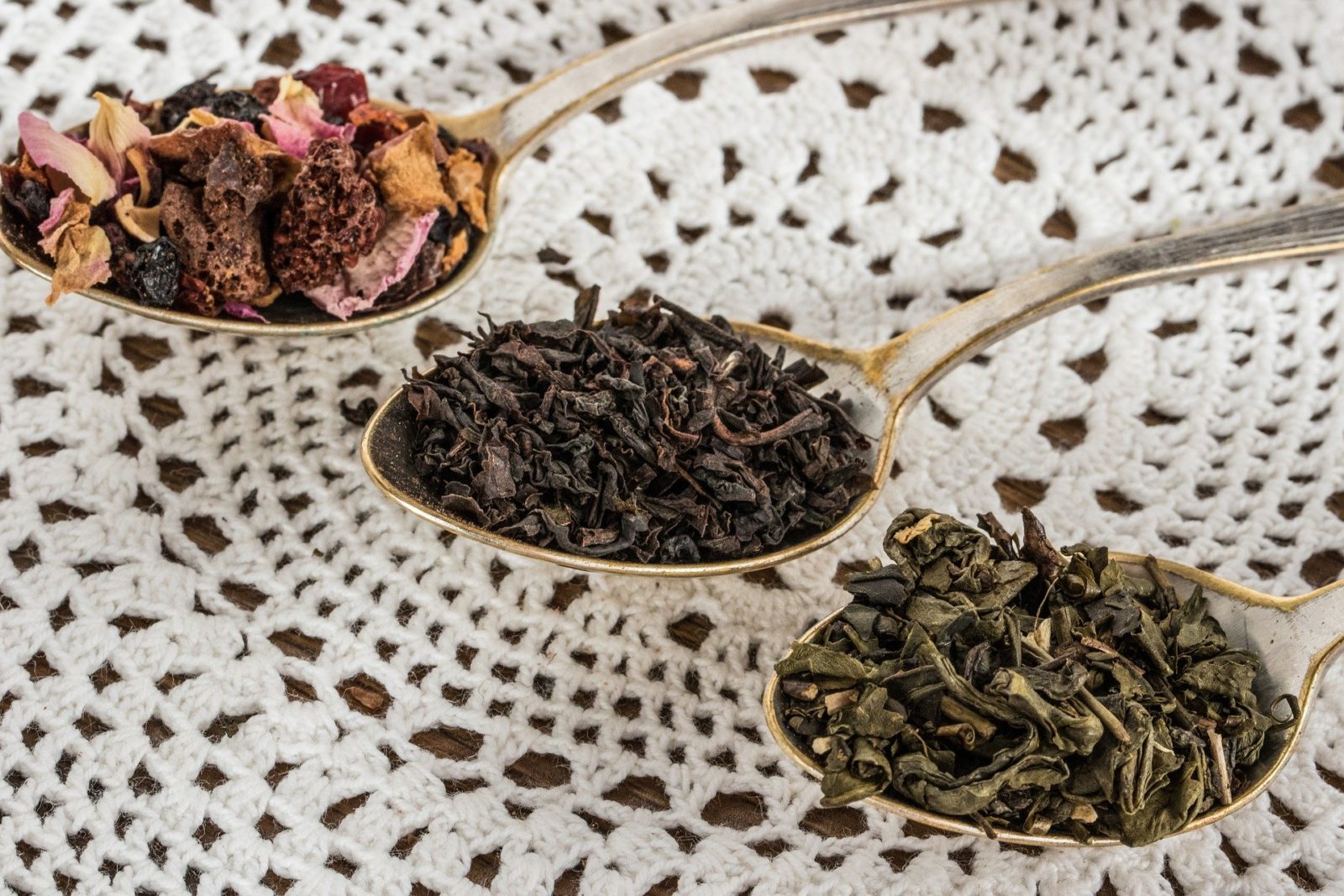Ku Cha specializes in loose-leaf because it offers better flavor, significant environmental advantages and avenues towards enriched life
Tea bags have their place, we guess. They work in a pinch for camping and travel, for example. With bagged tea, sippers don’t need a strainer or a bag of loose tea to savor their favorite beverage. All they need is hot water and a mug.
But otherwise, we think tea should be purchased loose, brewed, and strained with one of myriad different straining tools. And for the record, we generally reject tea bags when we camp and travel.
We sell loose tea, for the most part. We import and champion loose tea instead of tea bags for good reason — because loose tea is way better! How so? In different ways. Let us guide you through the advantages of loose-leaf
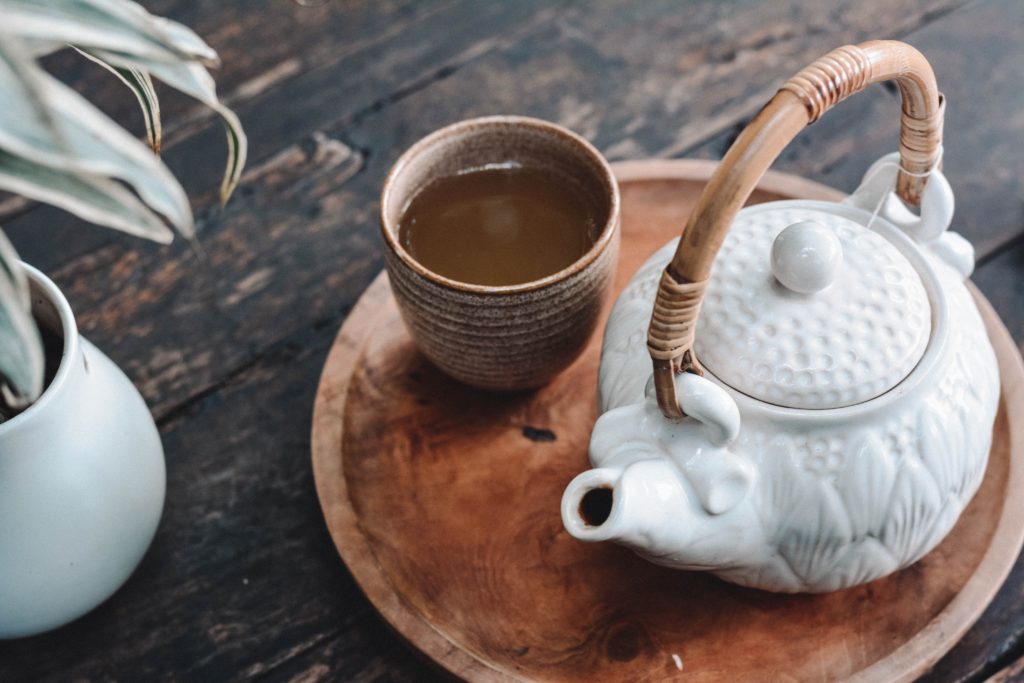
Loose-Leaf Tea Triumphs for Flavor
Dregs. Scraps. Dust. That’s essentially what gets poured into tea bags. In the tea trade, they are called “fannings.” Companies reserve the best tea for sale loose, as entire leaves. They collect the slag, the waste, for bags. Much of it literally gets swept up off the floors of enormous processing plants.
This influences flavor in different ways.
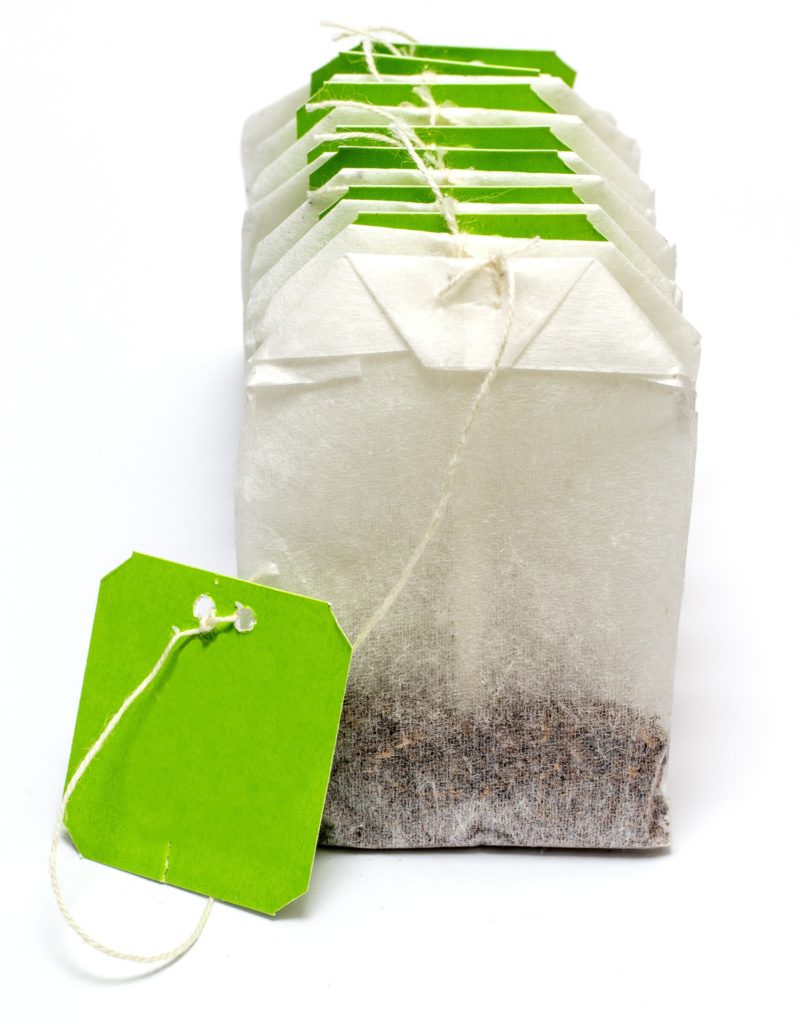
- Most tea flavor comes from essential oils in the leaves. But by the time companies scoop up dregs and bag them, the potency of the oils in those flakes and particles of tea grit diminishes.
- Large, industrial tea plantations grow tea meant for bags. The tea to begin with is of the lowest quality, and then the portions of the harvest destined for bags often sit in piles for months. Flavor erodes further.
- Tea achieves its highest form when allowed to unfurl and expand in a brewing vessel. Tea in bags never leaves its paper (or, shudder at the thought, plastic) prison!
- Tannins get concentrated in the tea dust and grit found in tea bags. Once hot water is added, the tannins quickly escape, turning the beverage bitter.
Loose tea gives you the power to control your cup’s flavor. Like stronger tea? Add a little bit more to the brew, rather than just steep for longer. Sometimes, longer steeps just spike tannins rather than expand flavor. Like tea with less oomph? The same principle applies — use fewer leaves.
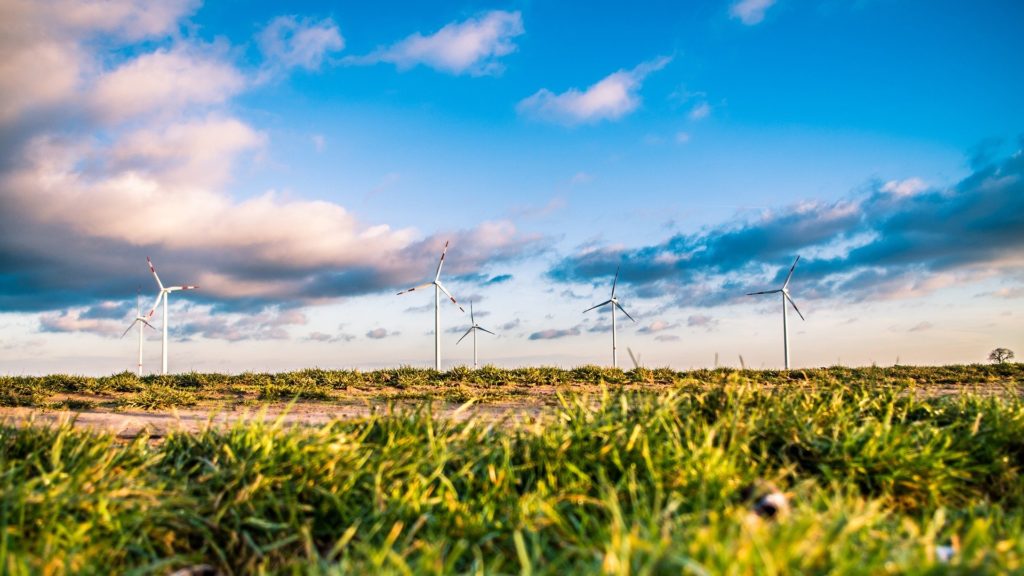
Loose-Leaf Tea Triumphs for Sustainability & Health
- Tea brewed from bags requires the addition of several industries before the sipping begins. One of them harvests trees, and hauls them to paper mills. Another one uses chemicals and a lot of energy to turn that wood into paper. A third industry buys the paper and uses industrial equipment to turn it into tea bags. Finally, a separate industry uses machines to fill those bags with tea fannings. None of those energy intensive steps take place with loose tea.
- More and more companies now use plastic tea bags. This of course requires an entirely different suite of industries (including oil extraction) to manufacture bags. But it troubles for health reasons, too. Scientists at McGill University in Montreal recently published research showing that “steeping a single plastic tea bag at brewing temperature releases approximately 11.6 billion microplastics and 3.1 billion nanoplastics into a single cup of the beverage.” The study also found the volume of plastic content released from tea bags spikes thousands of times higher than with other foods. If you don’t thrill to the idea of drinking billions of plastic particles with your morning cup of oolong or English Breakfast, ditch the plastic tea bags!
- Tea from loose leaves gets tossed into compost bins, where it helps improve soil health. Even if the leaves just get tossed into the trash or the back yard, they decompose. In theory, tea bags can get recycled. But most bags tossed into trash bags never make it to recycling centers. Instead, they head to landfills. Plastic tea bags will likely sit in landfills for 1,000 years before it decomposes, into the soil.
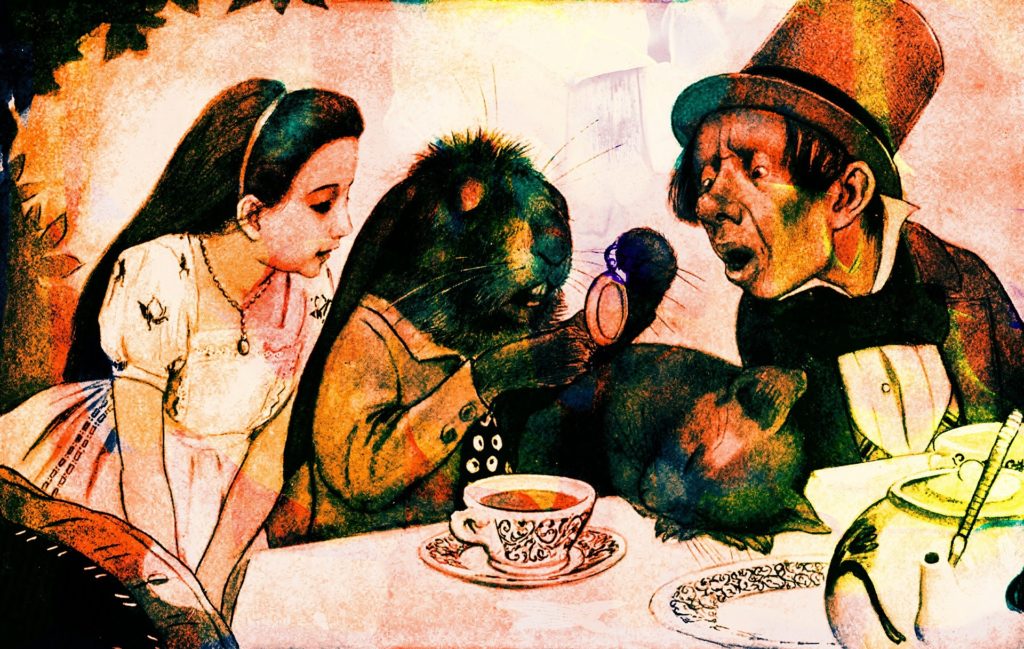
Loose-Leaf Tea Triumphs for Conversation and Ceremony
- Yes, we often just want a cup of tea to enjoy alone while staring at the snow. And so we brew a pot of loose-leaf tea, or use a strainer to brew just a cup, and sit and observe. But sometimes we want to enjoy tea with a friend or friends. And nothing beats sitting around a hot pot of tea, pouring cups for pals and refilling them as the conversation grows livelier. English high tea personifies tea’s convivial pleasures. Tea bags remove the beauty and ceremony from tea. Loose-leaf tea revolves around these things.
- Well-made tea pots are gorgeous things. In China, familis so prize their tea pots that they hand them down through generations. Over time, tea pots ripen, adding even more complexity and depth to each sip. Good British tea pots, too, broadcast beauty and charm. Few people use pots to brew tea bags. But most loose-leaf tea spends time in pots before getting poured.
If you brew tea from bags, make the switch to the much more flavorful, sustainable and gratifying alternative — loose-leaf!

Holiday Tea: Winter Wonderland
This tea’s name captures its essence — winter’s pleasures in a cup. One of the highlights? Walnut, which adds texture and lovely nutty notes.
But Winter Wonderland has much more than walnuts. Rosemary, which we find so beautiful in many winter dishes, plays an important role, adding complexity and depth. Apple brightens the tea and also suggests winter, as so many of our winter desserts involve apples. Rose hips add a touch of acid, and anise, cinnamon and pink pepper contribute spice. The tea also contains pineapple and purple dragon fruit, a fruit native to the Americas that has been widely cultivated in Asia. The fruit offers flavors of kiwi and pear — some even pick up hints of watermelon.
Will Winter Wonderland be perfect for the weekend of atmospheric snow and cold? You bet!

